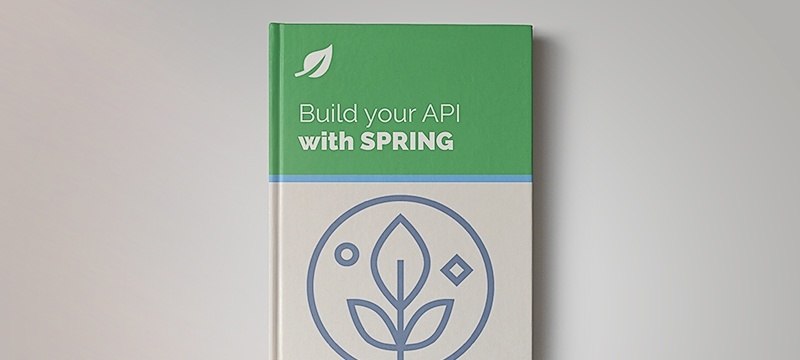1. Overview
In this tutorial, we’ll explore different ways to convert an Iterable to a Collection in Java.
We’ll start with plain Java solutions, then have a look at the options that the Guava and Apache Commons libraries also provide.
2. Iterable and Iterator
First, we’ll define our Iterable:
Iterable<String> iterable = Arrays.asList("john", "tom", "jane");
We’ll also define a simple Iterator – to highlight the difference between converting Iterable to Collection and Iterator to Collection:
Iterator<String> iterator = iterable.iterator();
3. Using Plain Java
3.1. Iterable to Collection
We can use the Java 8 forEach() method to add all elements to the List:
@Test
public void whenConvertIterableToListUsingJava8_thenSuccess() {
List<String> result = new ArrayList<String>();
iterable.forEach(result::add);
assertThat(result, contains("john", "tom", "jane"));
}
Or use the Spliterator class to convert our Iterable to Stream then to Collection:
List<String> result =
StreamSupport.stream(iterable.spliterator(), false)
.collect(Collectors.toList());
3.2. Iterator to Collection
On the other hand, instead of using forEach(), we’ll use forEachRemaining() with Iterator:
@Test
public void whenConvertIteratorToListUsingJava8_thenSuccess() {
List<String> result = new ArrayList<String>();
iterator.forEachRemaining(result::add);
assertThat(result, contains("john", "tom", "jane"));
}
We can also create a Spliterator from our Iterator then use it to convert Iterator to Stream:
List<String> result =
StreamSupport.stream(Spliterators.spliteratorUnknownSize(iterator, Spliterator.ORDERED), false)
.collect(Collectors.toList());
3.3. Using a For-Loop
Let’s also have a look at a solution that uses a very simple for-loop to convert our Iterable to a List:
@Test
public void whenConvertIterableToListUsingJava_thenSuccess() {
List<String> result = new ArrayList<String>();
for (String str : iterable) {
result.add(str);
}
assertThat(result, contains("john", "tom", "jane"));
}
On the other hand, we’ll use hasNext() and next() with the Iterator:
@Test
public void whenConvertIteratorToListUsingJava_thenSuccess() {
List<String> result = new ArrayList<String>();
while (iterator.hasNext()) {
result.add(iterator.next());
}
assertThat(result, contains("john", "tom", "jane"));
}
4. Using Guava
There are also a few libraries available that provide convenient methods to help us achieve this.
Let’s see how we can use Guava to convert from an Iterable to a List:
We can create a new List from Iterable or Iterator using Lists.newArrayList():
List<String> result = Lists.newArrayList(iterable);
Or we can use ImmutableList.copyOf():
List<String> result = ImmutableList.copyOf(iterable);
5. Using Apache Commons
Finally, we’ll use Apache Commons IterableUtils to create a List from Iterable:
List<String> result = IterableUtils.toList(iterable);
Similarly, we’ll use IteratorUtils to create a List from our Iterator:
List<String> result = IteratorUtils.toList(iterator);
6. Conclusion
In this short article, we learned how to convert an Iterable and Iterator to a Collection using Java. We explored different ways using plain Java, and two external libraries: Guava and Apache Commons.
As always, the full source code is available over on GitHub.





